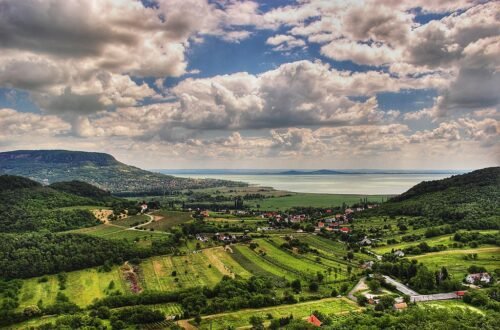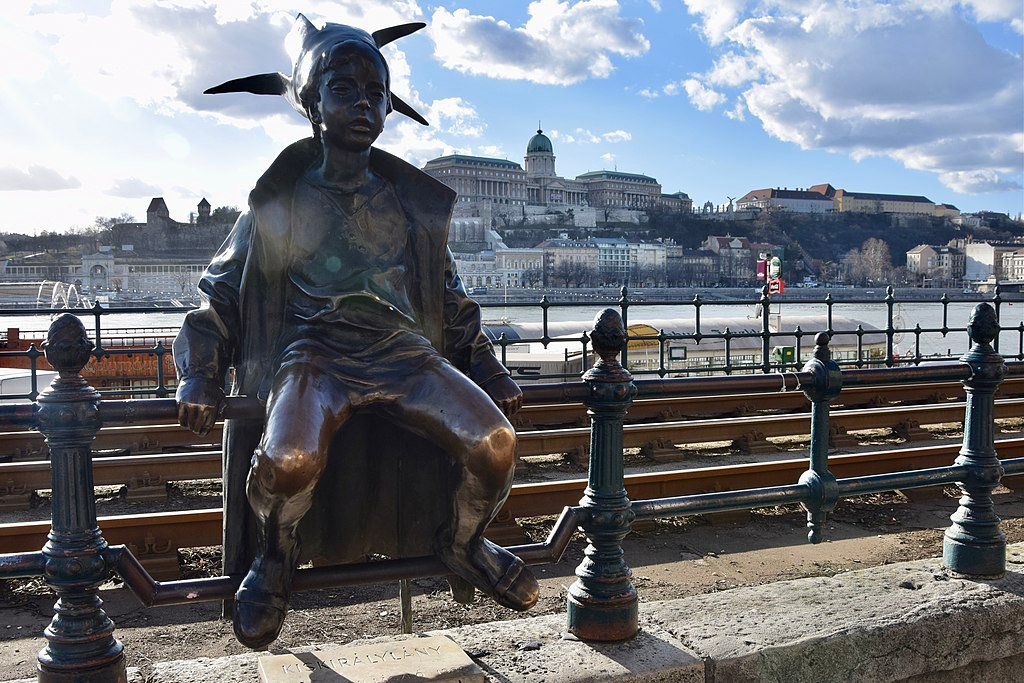
15 Best Things To Do In Budapest (Hungary)
The Hungarian nation’s capital, Buda, and Buda are located on the west side of the Danube, while Pest is located on the east bank. Together, these three cities make up Budapest. Many visitors rank the city as one of the most beautiful in all of Europe, and most of it has been designated as a UNESCO World Heritage Site. Take into account the Budapest City Card for unrestricted use of public transportation, free admission to museums, and guided tours. The city masterfully combines a beautiful, unhurried modern creative style with its intriguing history. Everyone should be able to discover something that piques their interest because there are so many diverse things for visitors to see and do, from museums to thermal spas. Let’s examine the top activities in Budapest:
- Heroes Square
- Invisible Exhibition
- Dohány Street Synagogue
- House of Terror
- Memento Park
- The Hungarian State Opera House
- Faust Wine Cellars
- Parliament Building
- Margaret Island
- Ruin Pubs
- Gellért Baths
- Fisherman’s Bastion
- Ecseri Flea Market
- Danube Promenade
- St. Stephen’s Basilica
Heroes Square
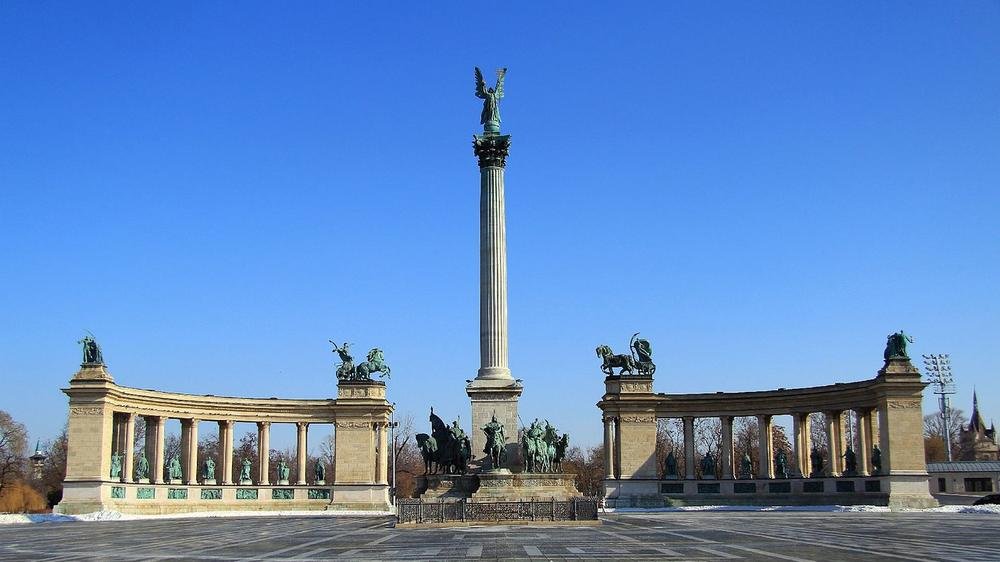
An iconic monument depicting the Seven Chieftains of the Magyars, who are thought to have guided the Hungarian people from central Asia to the Carpathian basin, can be seen in Heroes’ Square (Hosök tere), which marks the end of Andrássy Avenue. The Archangel Gabriel, who is clutching the Hungarian crown, is perched on the main pillar. Two identical colonnades on either side of the main column feature a range of notable historical Hungarian figures. Art galleries are housed in the striking structures on either side of the square. Due to the unpredictable nature of the area’s traffic, exercise caution when crossing to the statue. The Budapest Segway Tour is an excellent way to see the city.
Invisible Exhibition

Visitors will get the opportunity to experience what it’s like to be entirely blind at the Invisible Exhibition. You will be given a tour of several distinct artificially manufactured locations (garden, grocery, bar, etc.) that are all in completely dark rooms by a registered blind guide. You will be asked to turn off all potential light sources upon arrival, such as cell phones and digital watches, in order to ensure that there is absolutely no light in the rooms. After the exhibit, you can have dinner in the dark while being assisted by blind waiters in navigating your dinner plate.
Dohány Street Synagogue
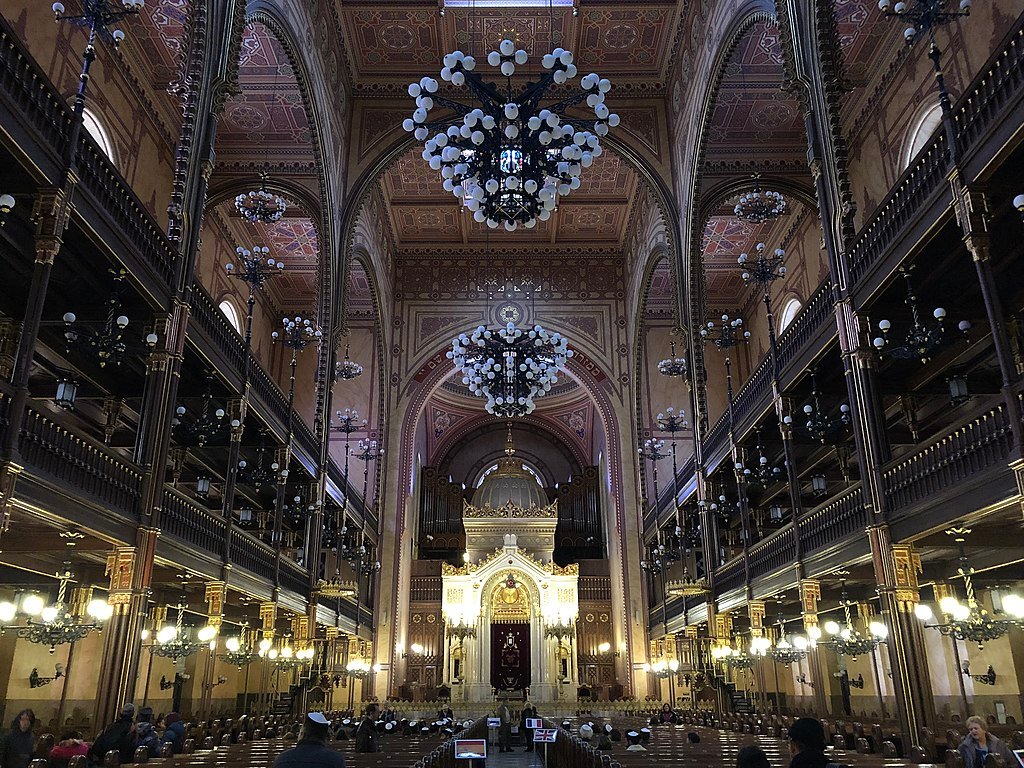
Even though the Jewish population of Hungary was greatly reduced during World War II, this synagogue is presently one of the biggest outside of Israel. In the 1990s, the interior and garden were restored, with a large portion of the money coming from the Hungarian Jewish diaspora population around the world. A weeping willow memorial with the names of some of the war dead engraved on its metal leaves may be found in the garden. A plaque also honours Swedish ambassador Roual Wallenberg, who assisted in the evacuation of hundreds of Hungarian Jews from ghettos and extermination camps.
House of Terror
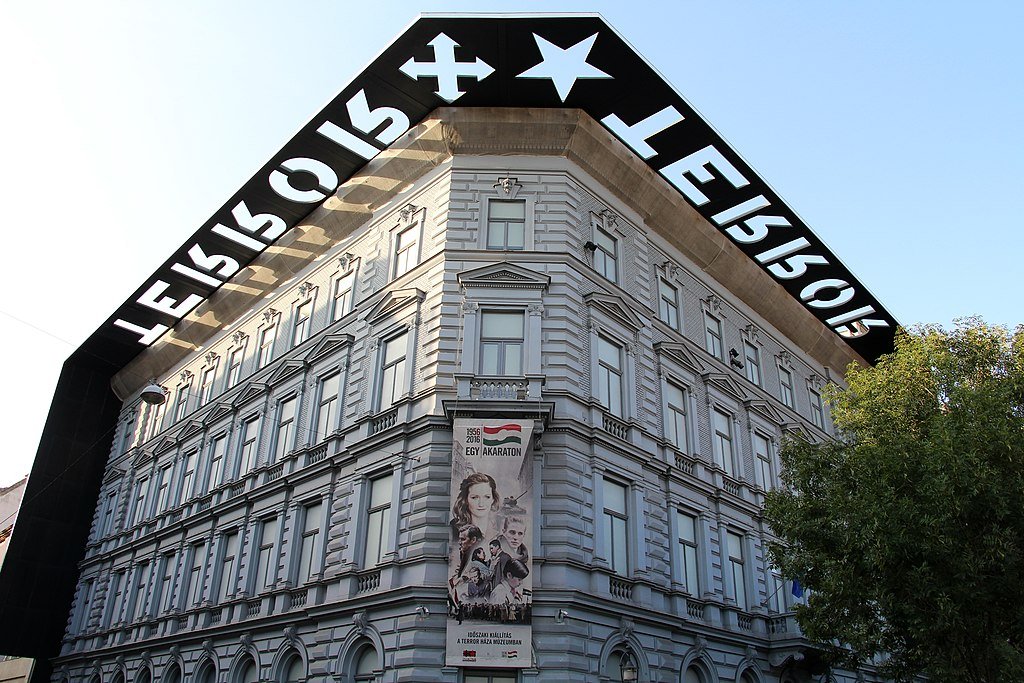
Exhibitions about the succeeding fascist and communist governments that ruled Hungary during the 20th century are on display in the House of Terror. The building was once the headquarters of the fascist Arrow Cross party, and Hungary’s State Security agencies later utilized it as a location for torture and detention. In the basement, there is an opportunity to explore parts of the prison. Both facts about the two regimes and testimonies from some of the victims are presented in the show. The building frequently hosts other transient exhibitions in addition to displays regarding the fascist and communist “security services.”
Memento Park
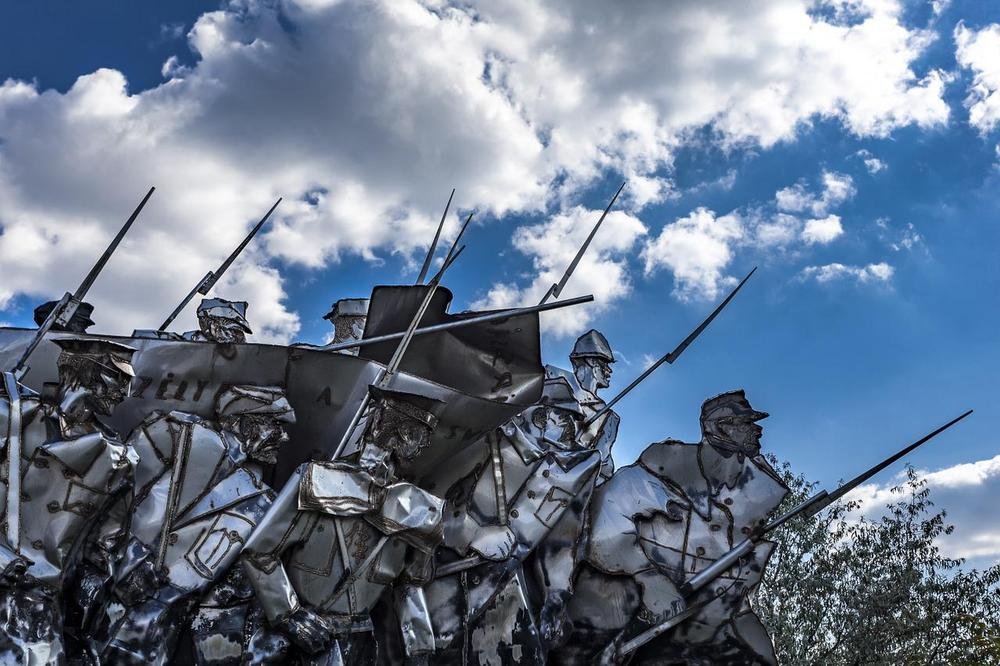
Some of the numerous Communist monuments and statues that dotted the city during the Communist Era currently reside in this stunning sculpture park. Either the Hungarian people physically dismantled these statues in dissent against the previous administration, or the government removed them as part of the de-communization process. Some of these monuments were put on exhibit in the park when it first opened in 1993, showcasing a significant period in the development of the neighbourhood. Temporary exhibits about life under the communist dictatorship, including details about the Hungarian Secret Police, are also available at a nearby tiny museum.
The Hungarian State Opera House

In 1884, this Neo-Renaissance structure was initially made public thanks to an order from Emperor Franz Joseph. There are monuments to Ferenc Erkel, who wrote the Hungarian National Anthem, and Ferenc Liszt outside the building (Hungarian composer). It is certainly worth it to purchase a ticket to the performance because the 1200-seat theatre is regarded as one of the best in the world for operatic performances. Prices for tickets begin at 500 feet. If you can’t make it to a performance, you can take a guided tour of the Opera House during the day, however, these typically require reservations.
Faust Wine Cellars
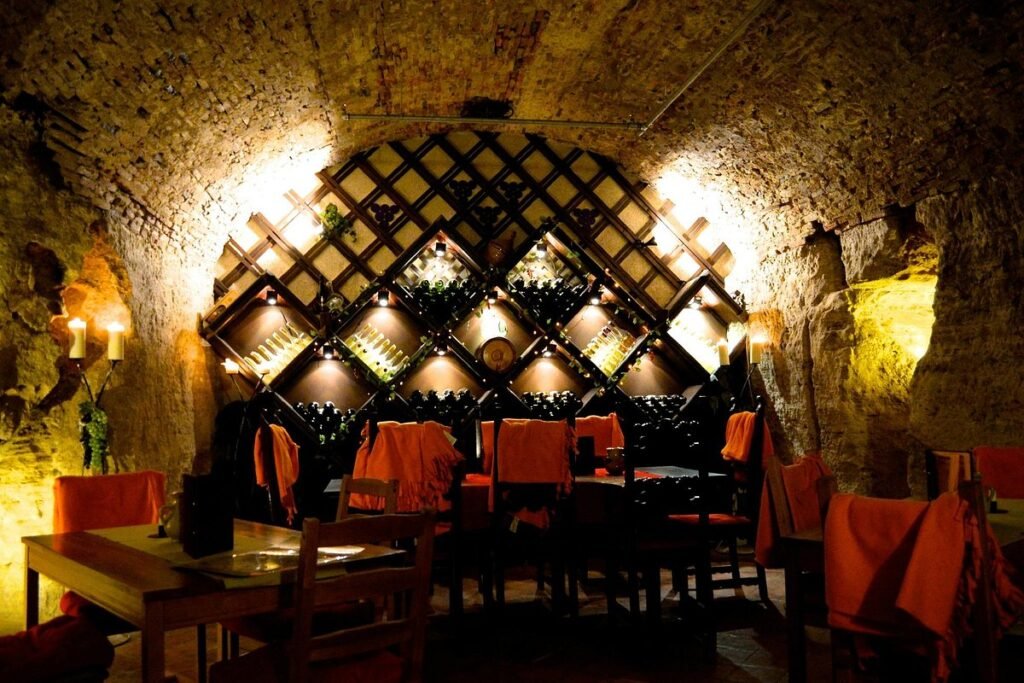
You can taste wines from some of the 22 wine regions of Hungary in this ancient wine cellar, which is housed beneath Buda Castle. Additionally, you will have the chance to try the traditional fruit palinka from Hungary. During your visit, a sommelier will provide tasting notes so you can get the most out of each wine you drink. Depending on how much time you have and how much money you want to spend, there are a variety of different tasting programmes available. You should make reservations in advance because of the magnitude of the cellars.
Parliament Building
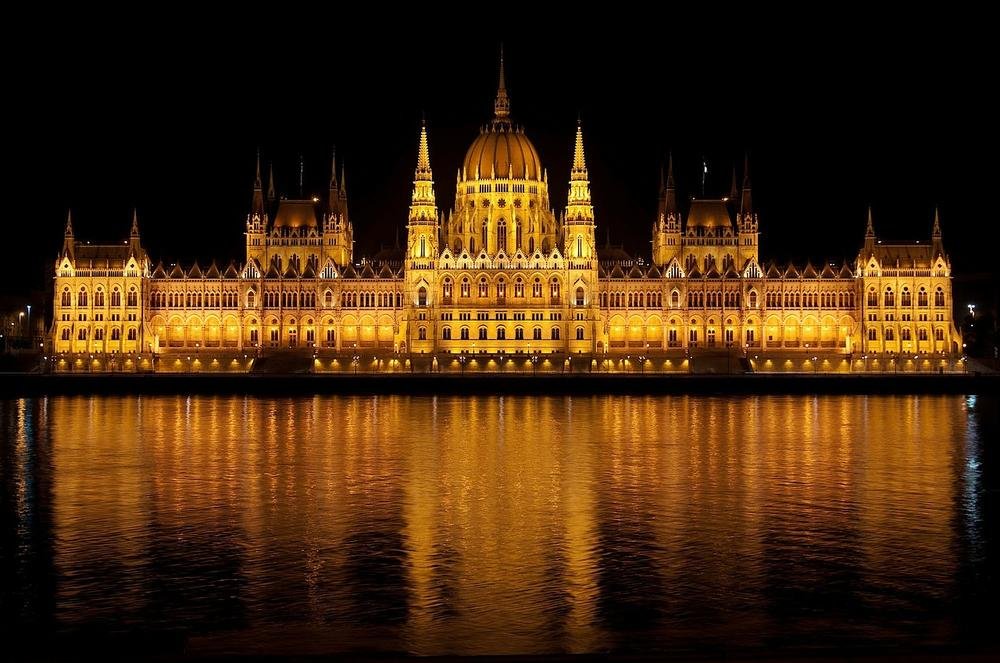
The Hungarian Parliament Building, designed and built in the Gothic Revival style, is one of the most significant buildings in Hungary and is home to hundreds of parliamentary offices. Although the majestic structure is beautiful from every aspect, it is worth seeing it from the other side of the Danube to take in all of its splendour. Daily tours of specific portions of the building are offered; they are conducted in several languages. To enter, you will require identification, and entrance may involve a bag inspection. You may reserve a top-selling guided tour here.
Margaret Island
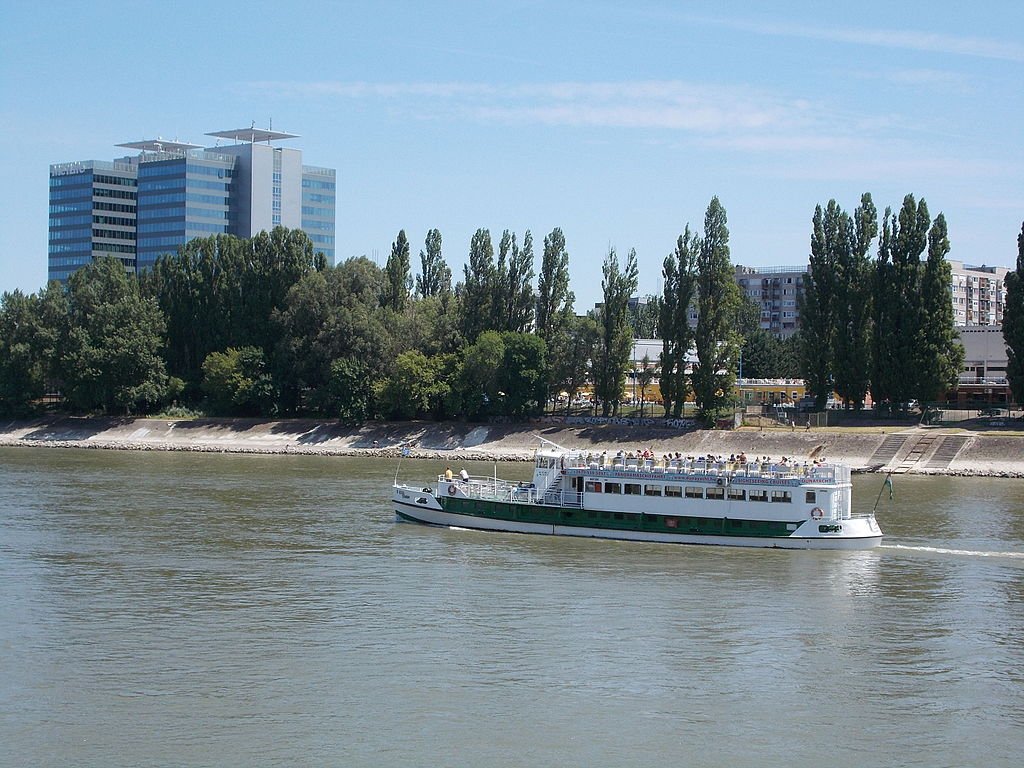
Margaret Island is a 2.5 km long island in the middle of the Danube. It is surrounded by parkland and recreational areas. To fully explore the island, there are several businesses that rent pedal carts, golf carts, and other self-powered vehicles. The island is surrounded by a 5.5 km rubber-coated running track, which is a favourite place for runners to jog to escape the noise and bustle of the city. One of the island’s most well-known landmarks is the “music fountain,” where water frequently “dances” to classical music. The island also has a small aviary that mostly cares for injured wildfowl and water birds, as well as medieval ruins.
Ruin Pubs
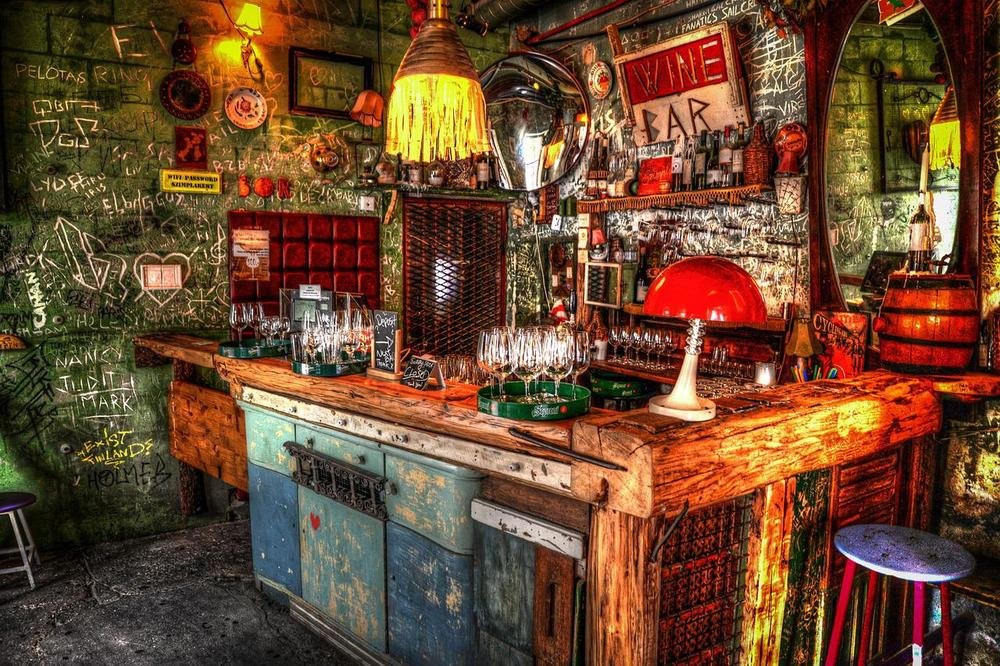
Budapest is renowned for its “ruin pubs,” which feature shabby-chic decor. The best ruin bars are located in large, derelict structures that have been furnished with cosy, slightly used furnishings. Since each pub has its own distinctive style, patrons frequently refer to their favourite as “the one with the…” The “one with the strange animal drawings,” “the one with the teeth,” “the one with the whale,” and “Instant” are some well-known ruin pubs.
Gellért Baths
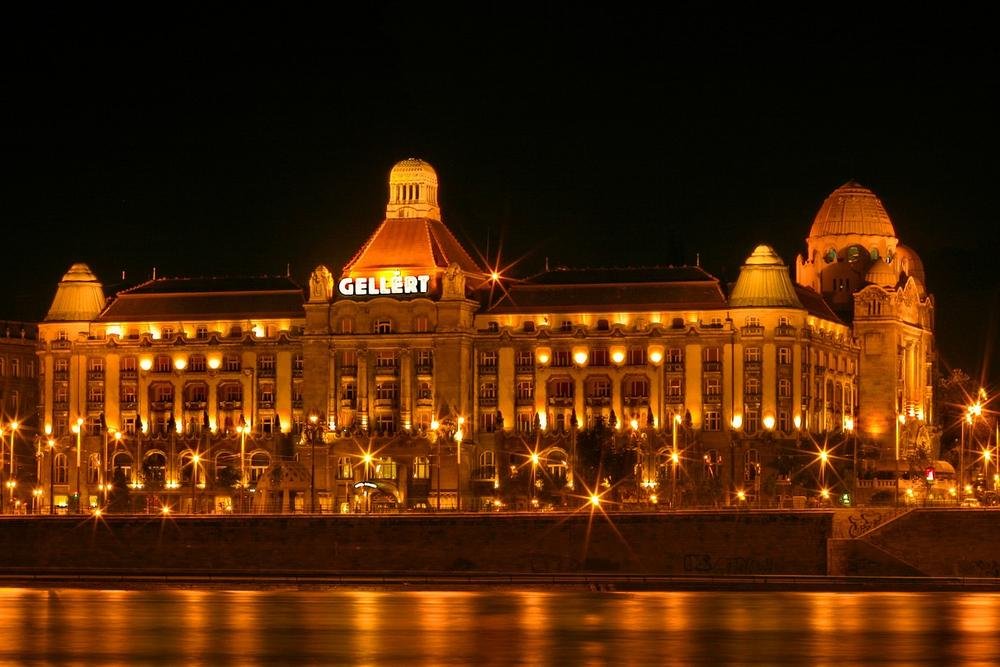
The Gellert Bath and Spa Centre is one of the grandest spas in the city and features a wave pool, an open-air pool, an effervescent pool, a Finnish sauna, as well as a variety of other saunas and plunge pools. Additional fees apply for massages and other spa services. The structure was first constructed in the Art Nouveau style between 1912 and 1918, but World War II significantly damaged it. In 2008, the entire spa underwent a thorough renovation to restore the baths to their former splendour. The baths are open to mixed bathing seven days a week.
Fisherman’s Bastion
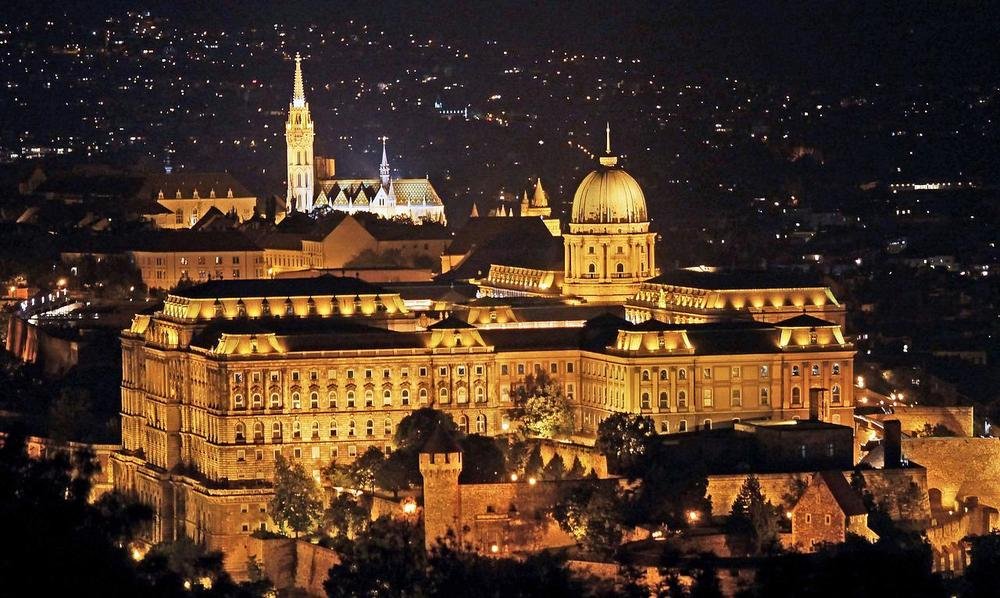
The Fisherman’s Bastion, a neo-Gothic structure resembling a medieval monument, was actually constructed in the early 20th century to serve as a panoramic viewing point for Pest, Margaret Island, and the Danube. It has the name of the Guild of Fishermen, which throughout the Middle Ages was in charge of guarding that section of the city walls. The Bastion’s seven towers stand in for the seven Magyar tribes that contributed to the Magyar people’s settlement in the Carpathian Basin. Visit around dusk for an especially lovely perspective of the city.
Ecseri Flea Market
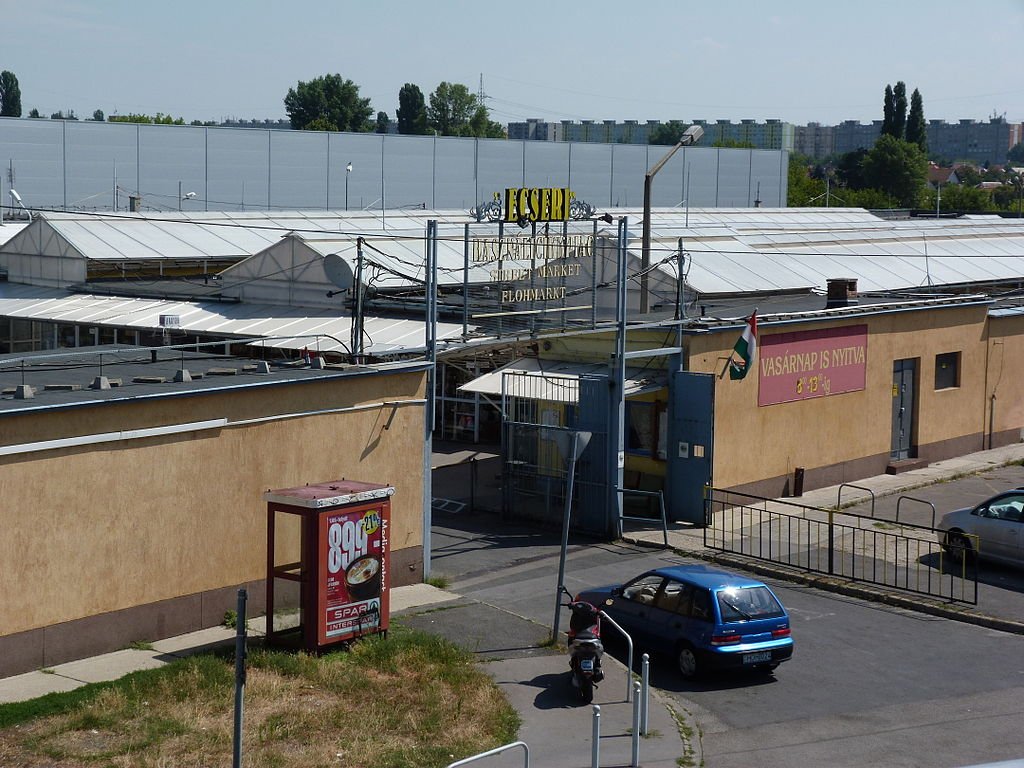
It’s easy to score a deal at this amazing flea market outside the city. Although you might have to go through stalls full of items you believe to be trash in order to uncover them, you can pick up a number of different treasures from here. Even if you have no intention of making a purchase, you may still spend hours perusing the stalls while daydreaming about the previous owners of all of these trinkets. Everything from vintage apparel to artefacts from the Communist era is on sale at stalls. Negotiating is advised, but if you are not a local, be prepared to pay a little bit extra.
Danube Promenade

For those looking for a quick but engaging walk, the Elizabeth Bridge to the Chain Bridge section of the Danube boardwalk is ideal. Many of the most well-known sights in the city can be seen by promenading along the Danube. You can view the Buda Castle, the Liberty Statue on Gellert Hill, and the Fisherman’s Bastion if you turn to look at the Buda side of the Danube. Restaurants, cafes, Szechenyi Istvan Square, and a variety of sculptures, including the Little Princess, may be found on the Promenade side of the river. The Danube is also ideal for river cruises; you can reserve a delightful dinner cruise and folk entertainment (including gipsy music) here.
St. Stephen’s Basilica
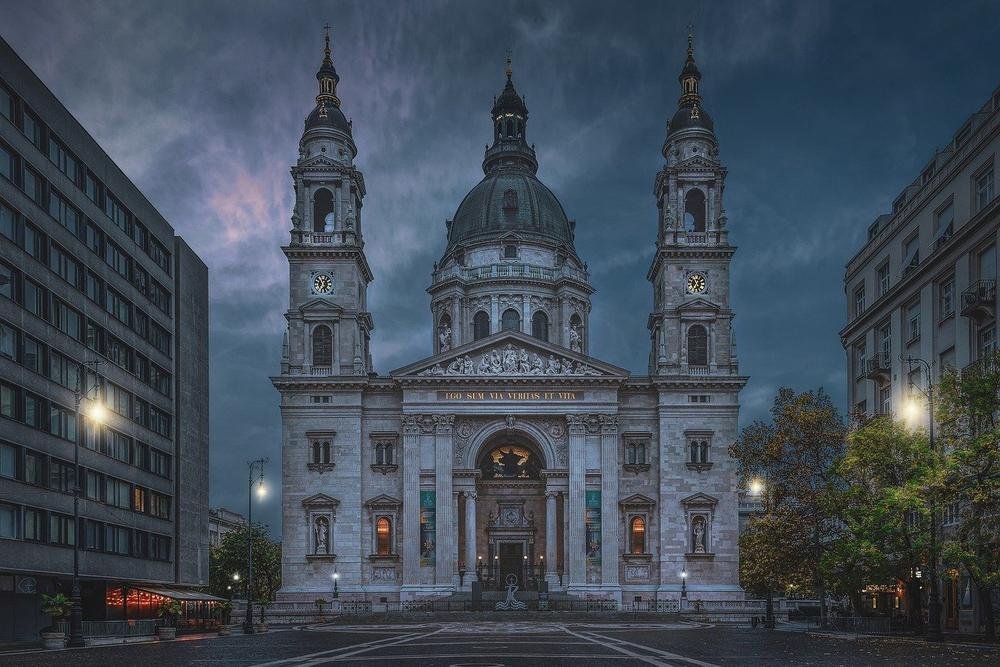
Visitors to the reliquary can view the (alleged) right hand of Stephen, the first King of Hungary, making this basilica one of the most significant religious structures in Hungary. Visitors who intend to enter the church are urged to cover their knees and shoulders because this is a holy site. Those who enjoy heights can climb to the dome’s base and take in the view of the city. This is a fantastic vantage point from which to observe Budapest from above on a clear day. Regular classical music and organ concerts are held inside the basilica, and occasionally they spill over into the piazza outside.


